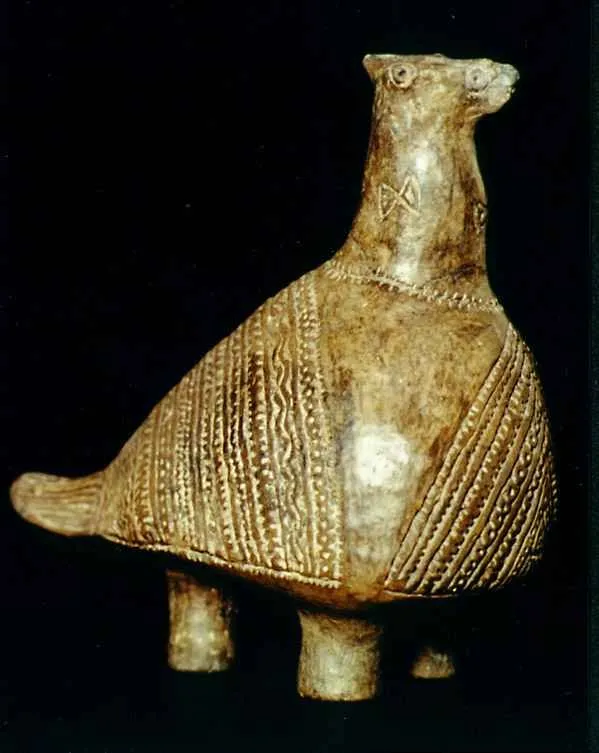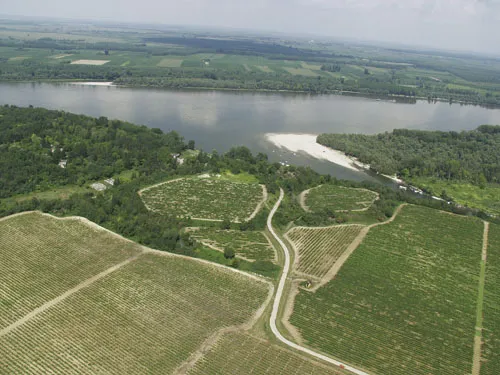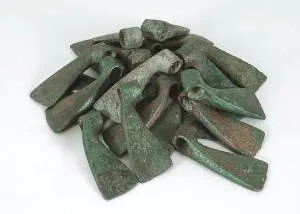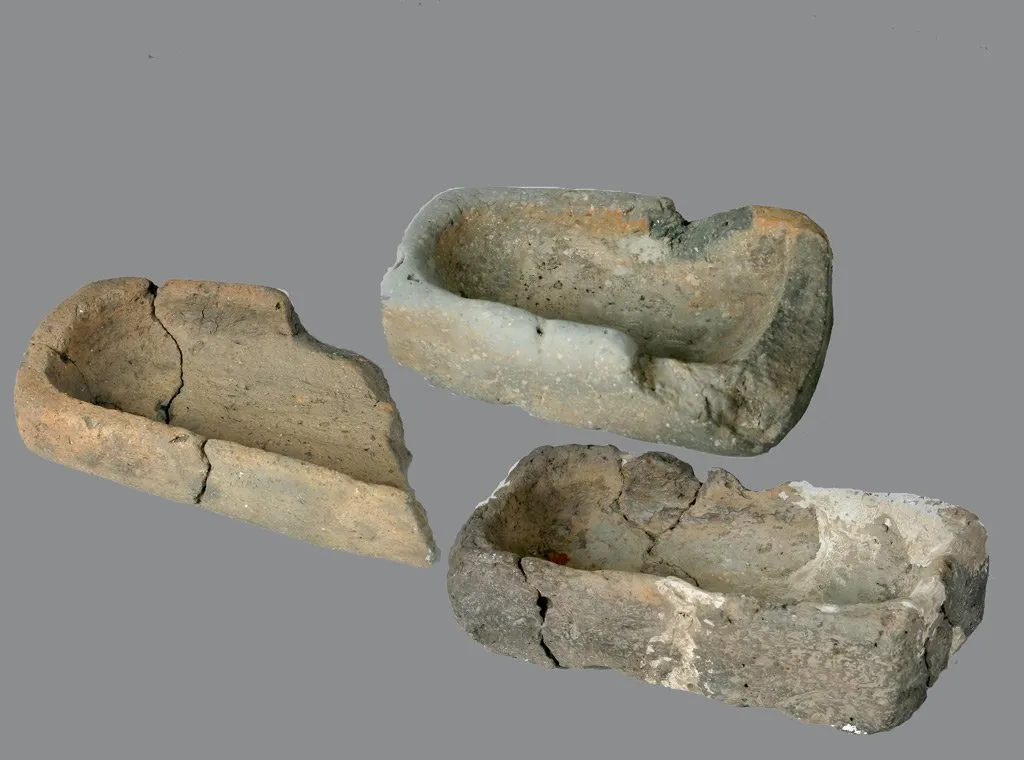
This ceramic bird defined one of the most technologically advanced copper age cultures in south-east Europe. It is known as the Vučedol culture, named after the settlement excavated on the banks of the Danube river. On the eastern border of Croatia, discovered at the end of the 19th century. This society coexisted around the time of the early Egyptian dynasty, the Sumerians and early layers of Troy, it was one of the most defining cultures of its time in Europe. The cultural relics are a reflection of the changes happening in Europe at the beginning of the copper age. The Vučedol culture was the carrier of change transforming an agricultural society to one of the leading powers of its time. These changes were all a result of the newly discovered technology, melting copper ore and its further use in society. It affected everything from the social organization, trade, government, army, religion, and life as a hole at the end.

The secret of metallurgy was kept for hundreds of years giving the Vučedol culture prosperity and wealth. This society is known in archeology for two things it's ceramic production and the production of copper items and weapons!! or to be exact axes which are found in large amounts all over the lands this culture was spreading to. There are theories that the Vučedol culture was one of the first organized arms dealers of copper age Europe. With a huge army fighting off every attacker for centuries. This brings us to the bird.


The ceramic figure is called the Vučedol Dove as you read at the top of the post is not actually a dove. It is the symbolic depiction of a partridge a bird domicil to the area of Europe and a symbol of fertility and prosperity. The partridge is a nonmigratory bird and therefore not a symbol of the changing seasons known by every culture in Europe. The partridge has an interesting tactic against predators, if their nest is under attack, they fake a limp drawing the attention of the attacker on to themselves. As the predator is going to catch what he things is a injured and easy prey, the partridge flies off to safety.

This is connected to the Vučedol culture how you ask? Well, not as a symbol of fertility but as the symbol of prosperity, brought to them by the technology of metallurgy. And this can be explained through the understanding of the coppersmith and his importance to the copper age society. The secret of detecting ore and smelting it to copper ingots was a secret handed down from generation to generation and only a few knew the secret. You can imagine that they had a special place in society, carrying the secret they were mystical and seen as shamans with connections beyond these realms. You see copper was not mined in that intensity 5000 years ago, the copper ore could be easily found if not on the ground just a few centimeters below it. These copper ores had impurities in them, one of which was arsenic. Later it was added to create bronze which is harder than copper. Due to the smelting process, arsenic fumes were inhaled by the coppersmiths and over there lifetime developed a limp. In simple terms, they had arsenic poisoning the limp was one of the side effects. This is not a new theory in Roman mythology, the god Vulcan is known for walking with a limp due to his profession.

I hope you enjoyed my short post about the Vučedol Dove ad the culture there are links below if you want to know more about this topic.
If you have any questions, please let me know in the comments below and for further reading follow and share this post.
Bibliography
- https://en.wikipedia.org/wiki/Vu%C4%8Dedol_culture
- https://www.hkv.hr/reportae/lj-krinjar/19096-intelektualne-prostitutke-simboli-grba-kraljevine-slavonije-4-4.html
- https://hr.wikipedia.org/wiki/Vu%C4%8Dedol
- http://www.vucedolskagolubica.com/
- http://www.muzejbp.hr/hr/odjeli/arheoloski-odjel/eneoliticka-zbirka/
- http://www.muzejbp.hr/hr/odjeli/arheoloski-odjel/eneoliticka-zbirka/